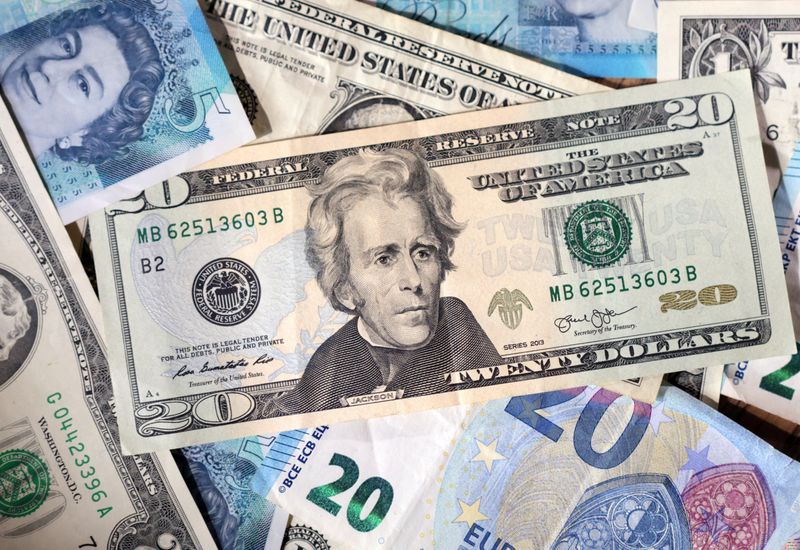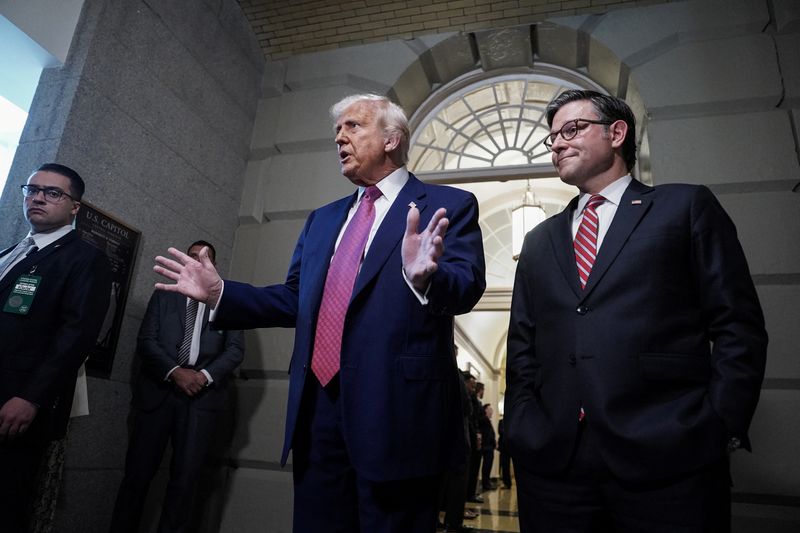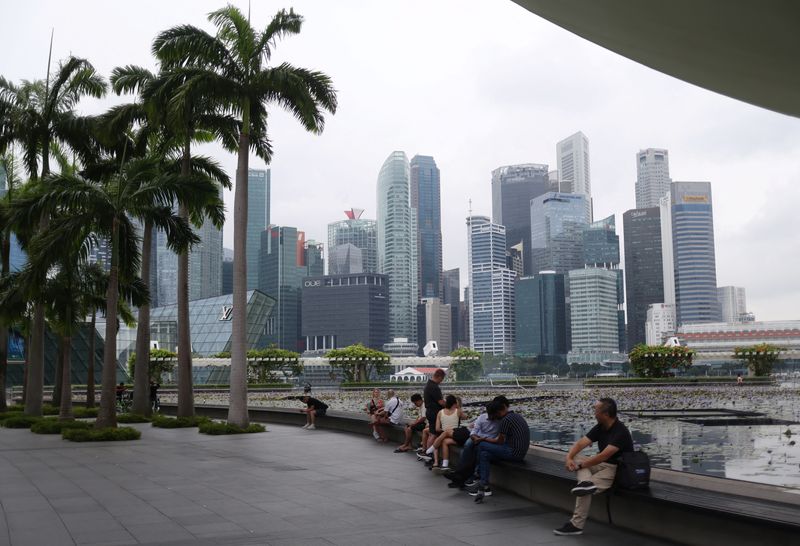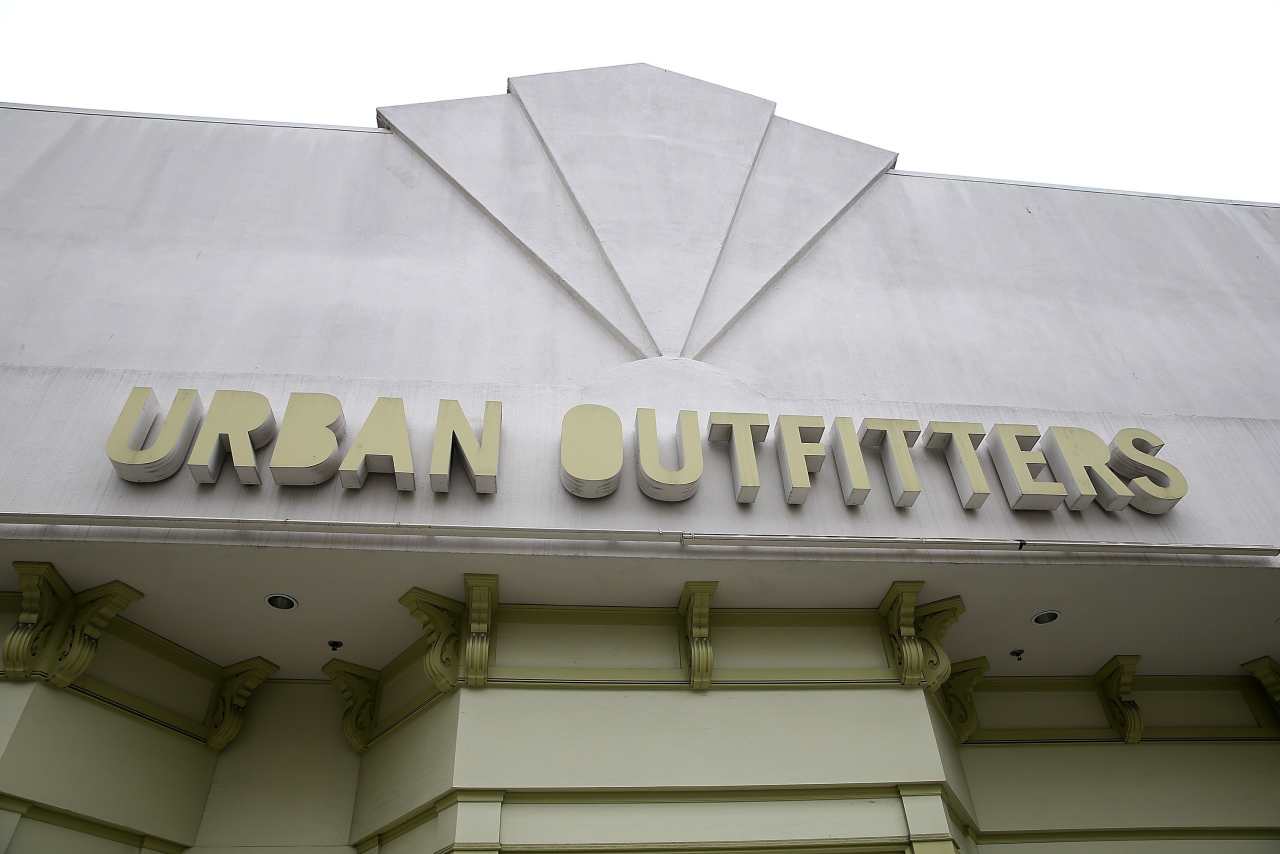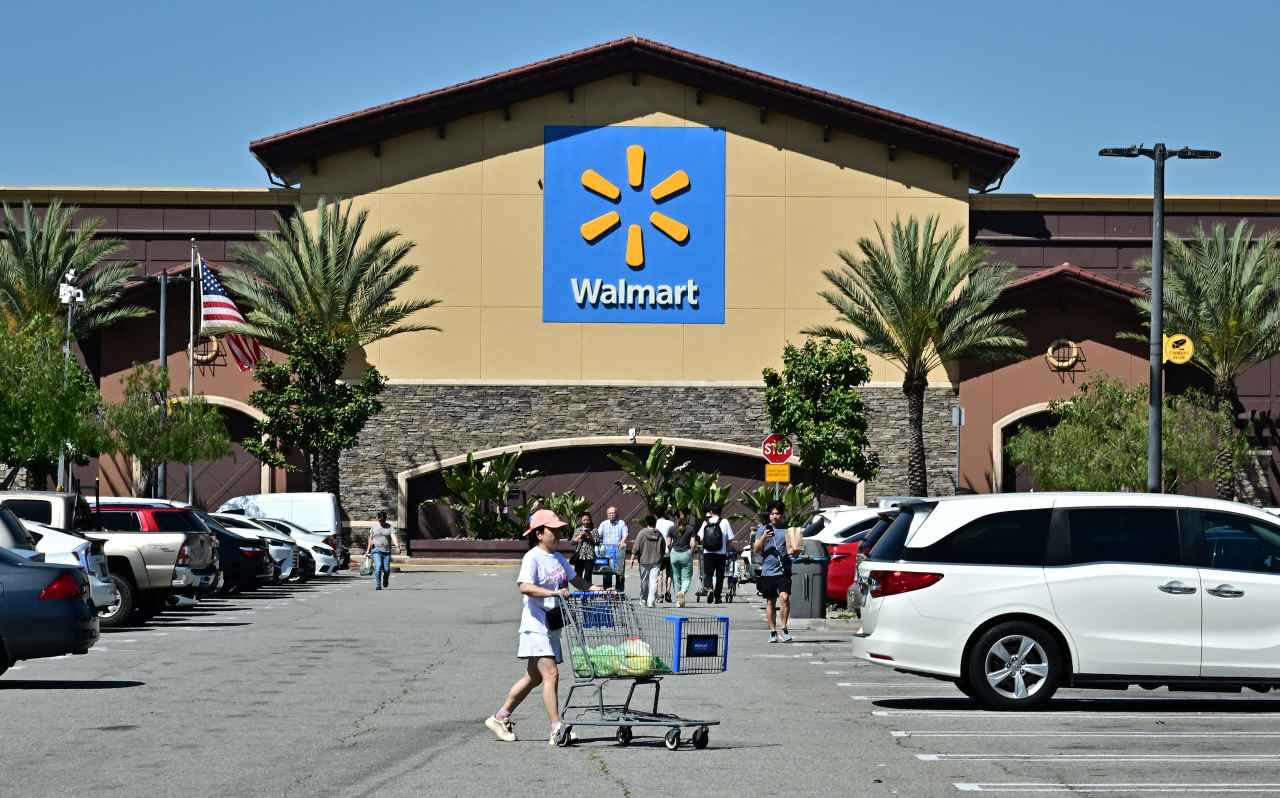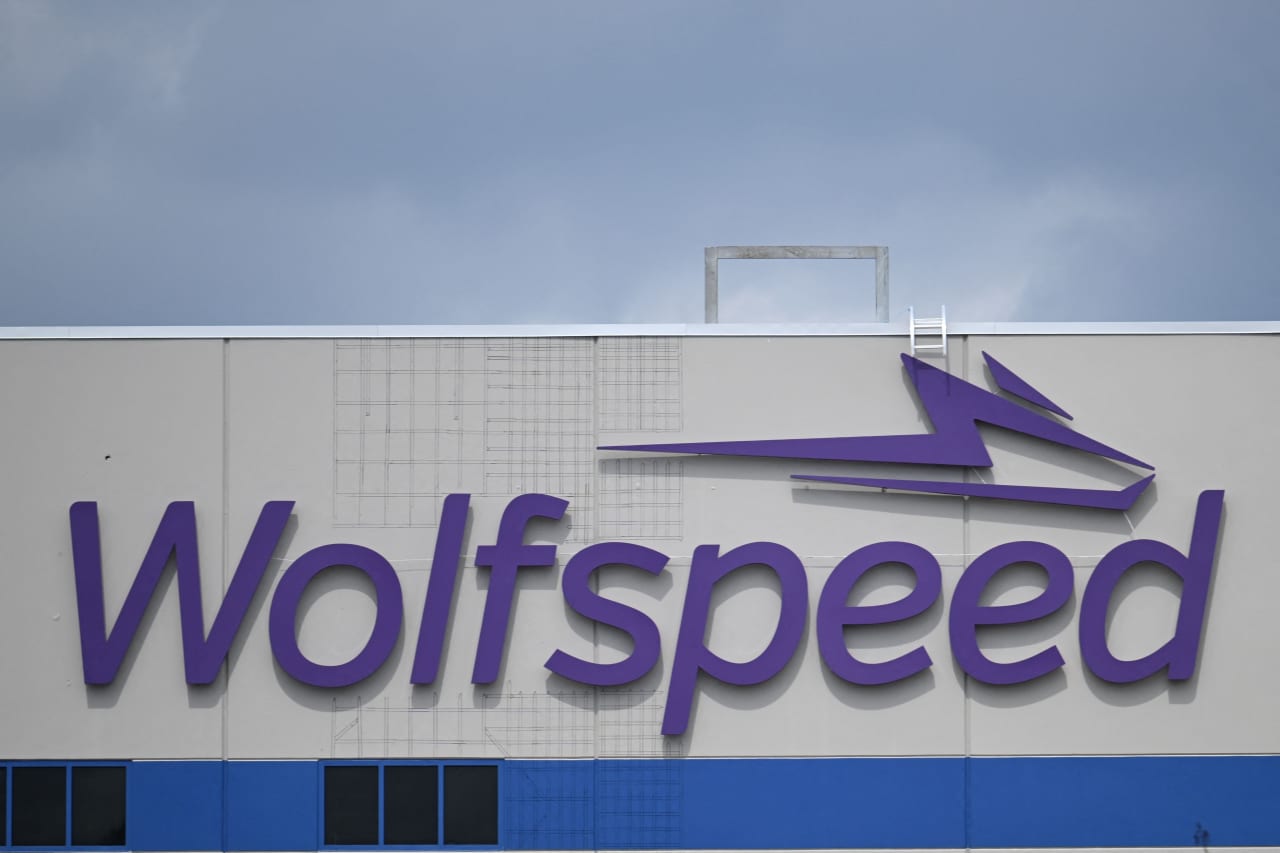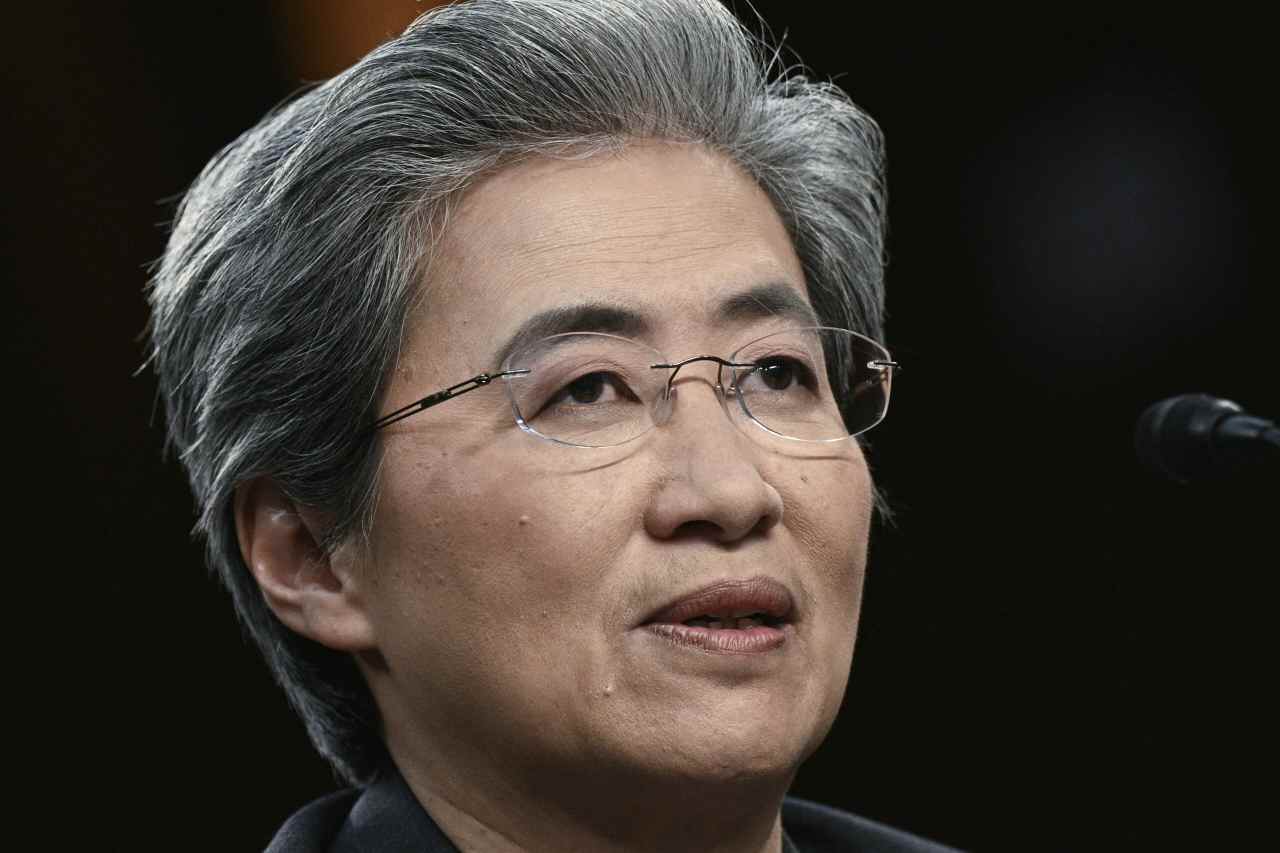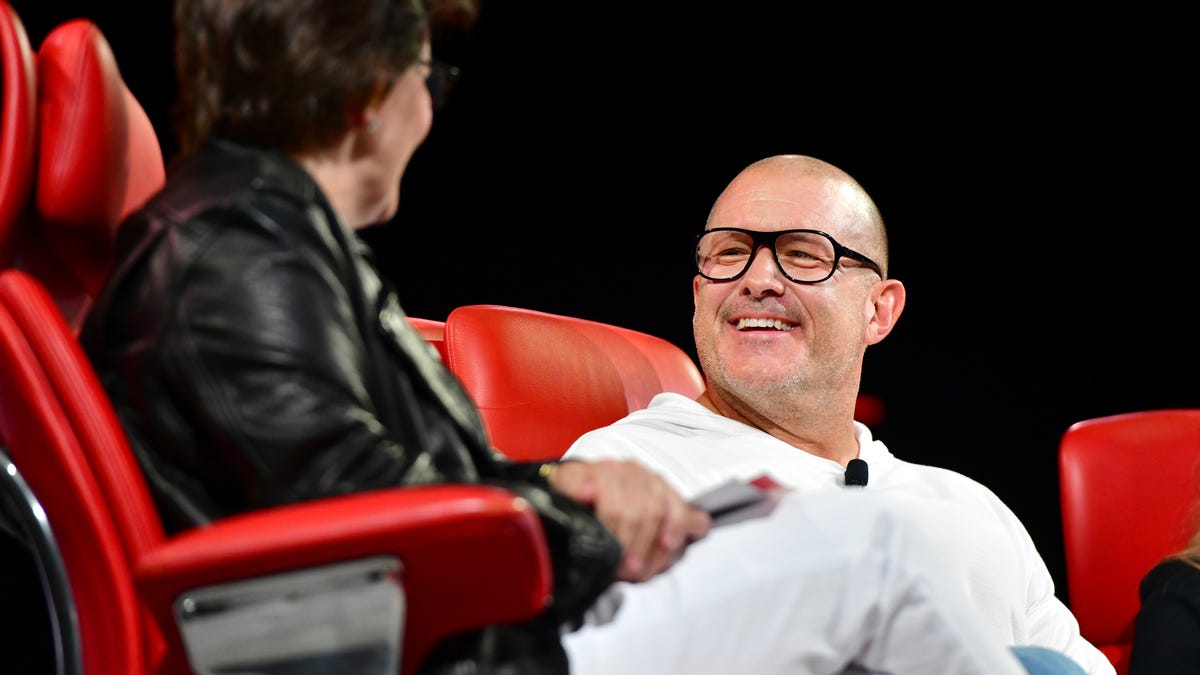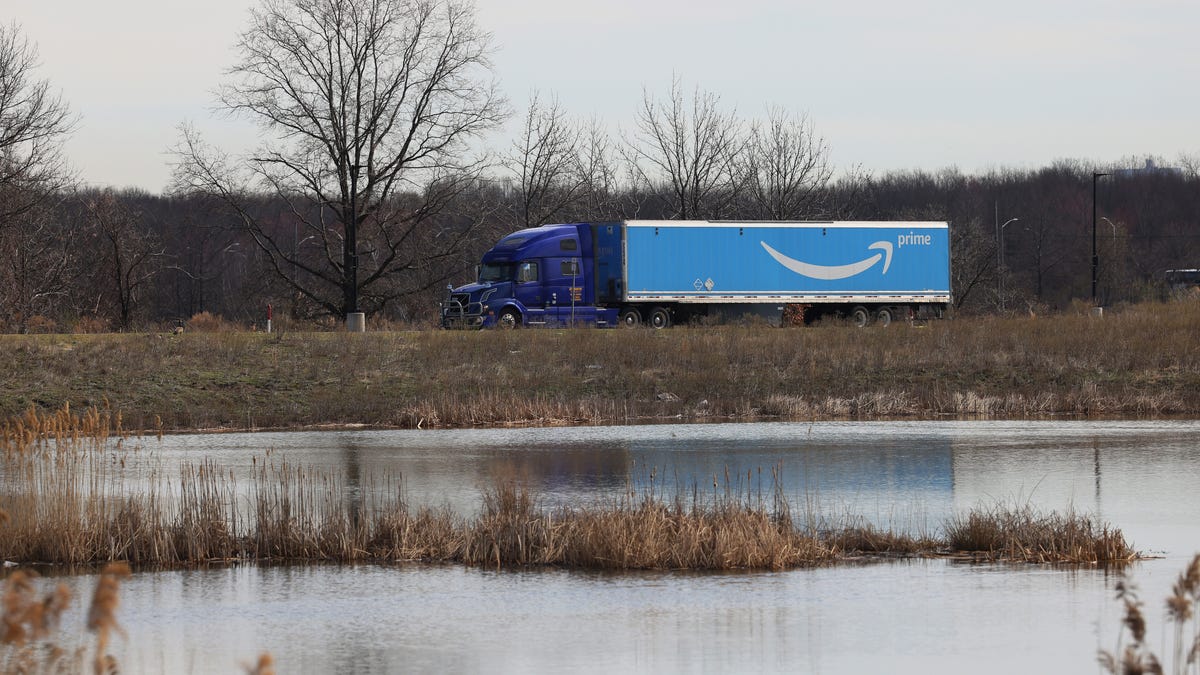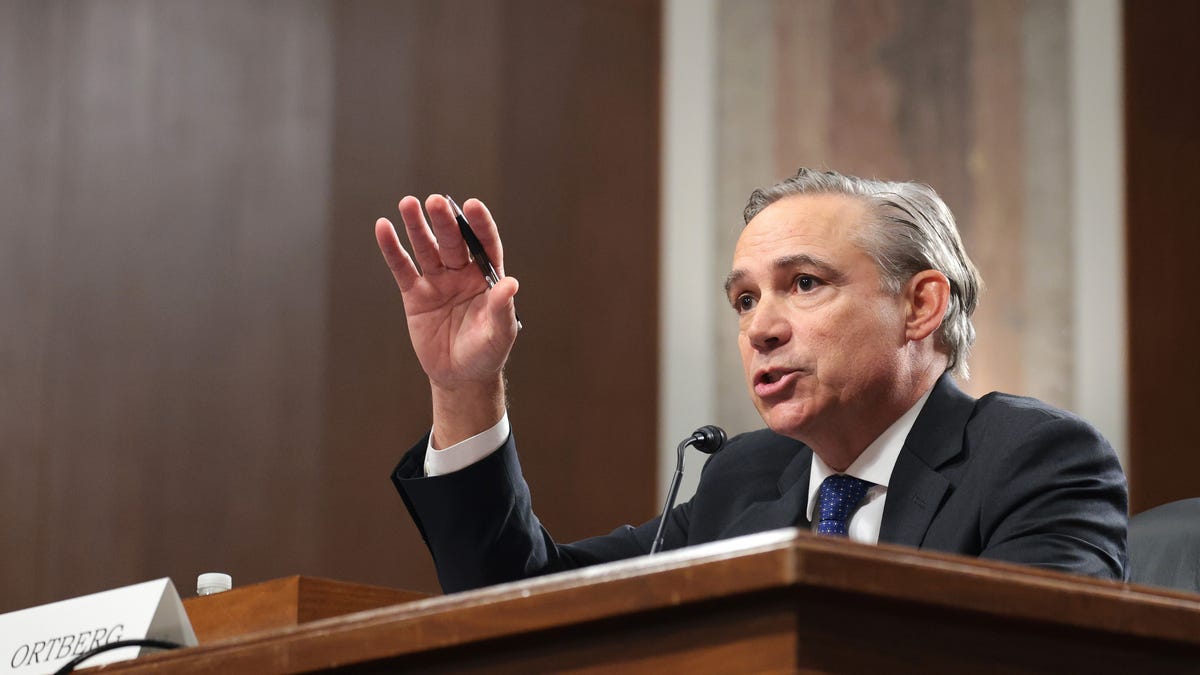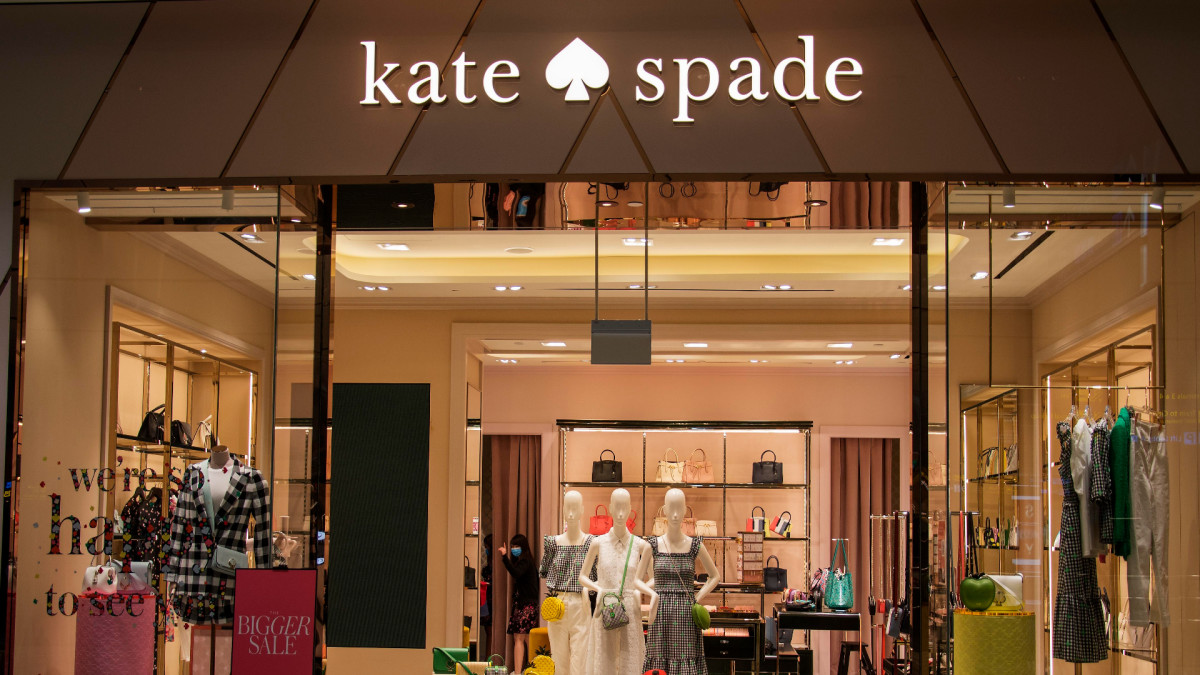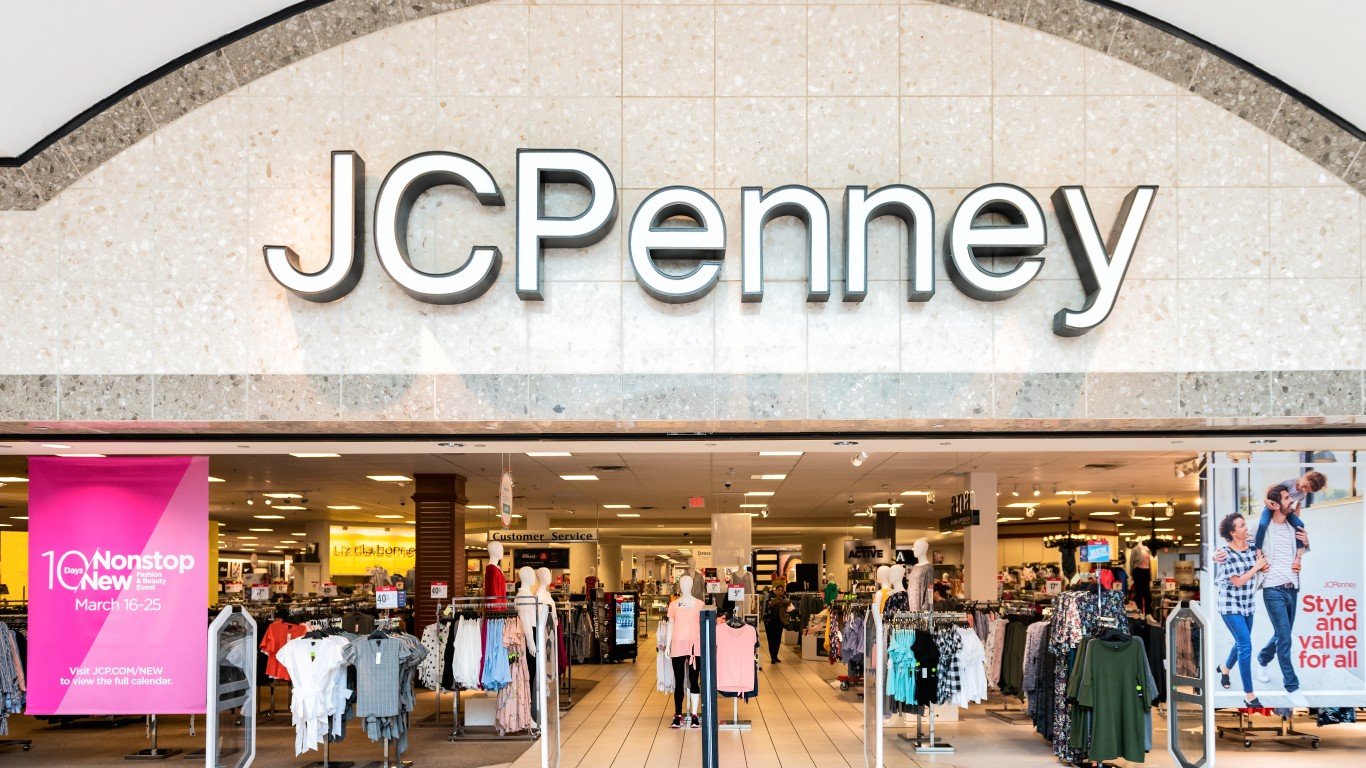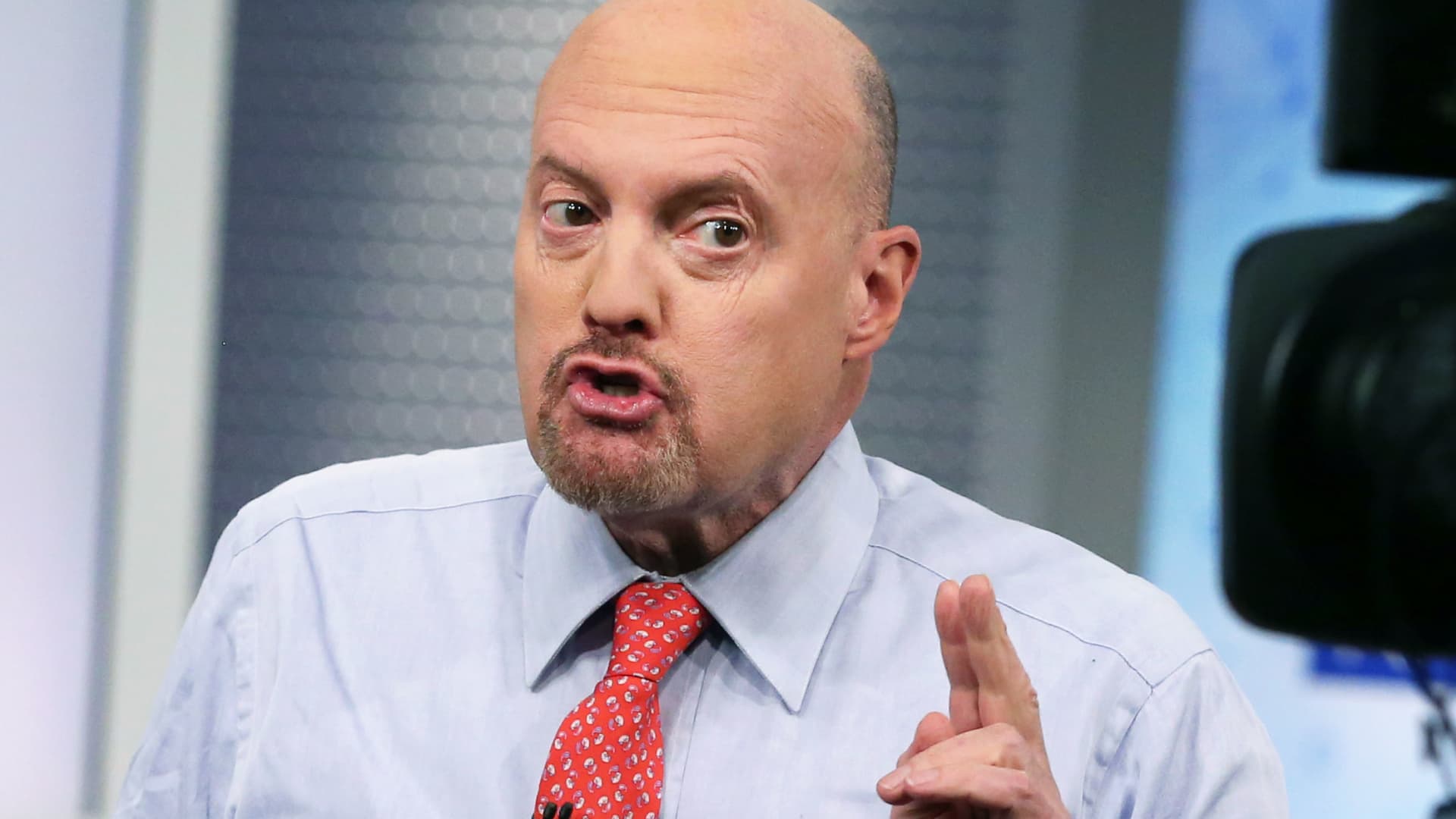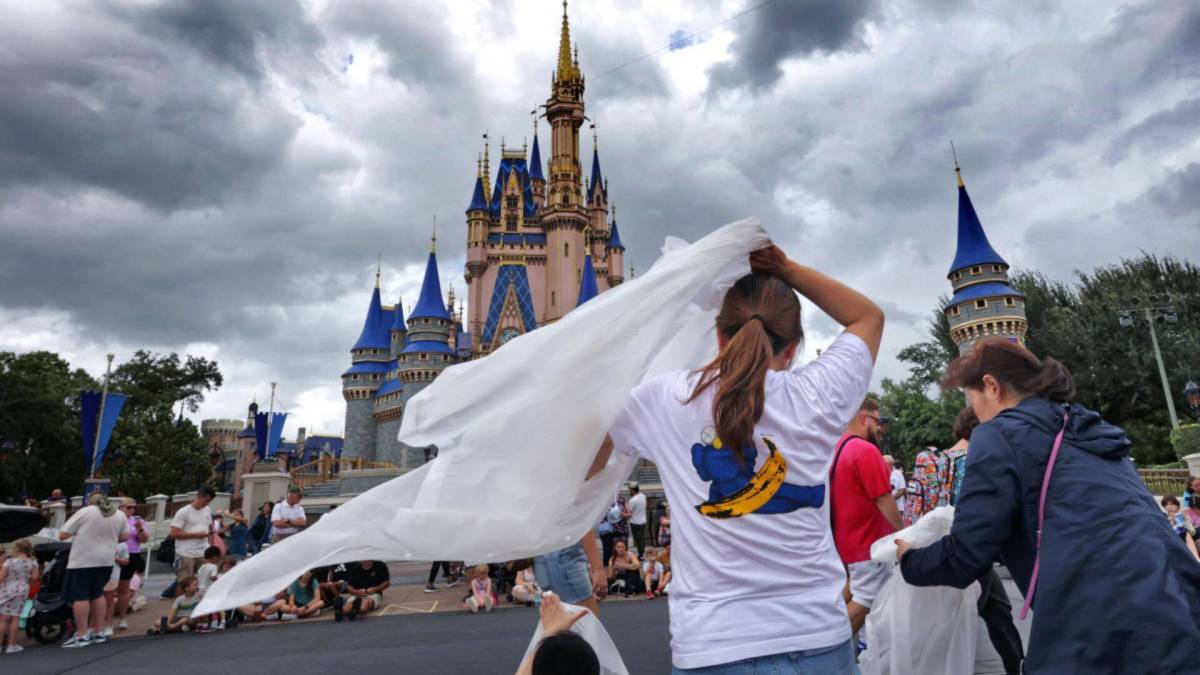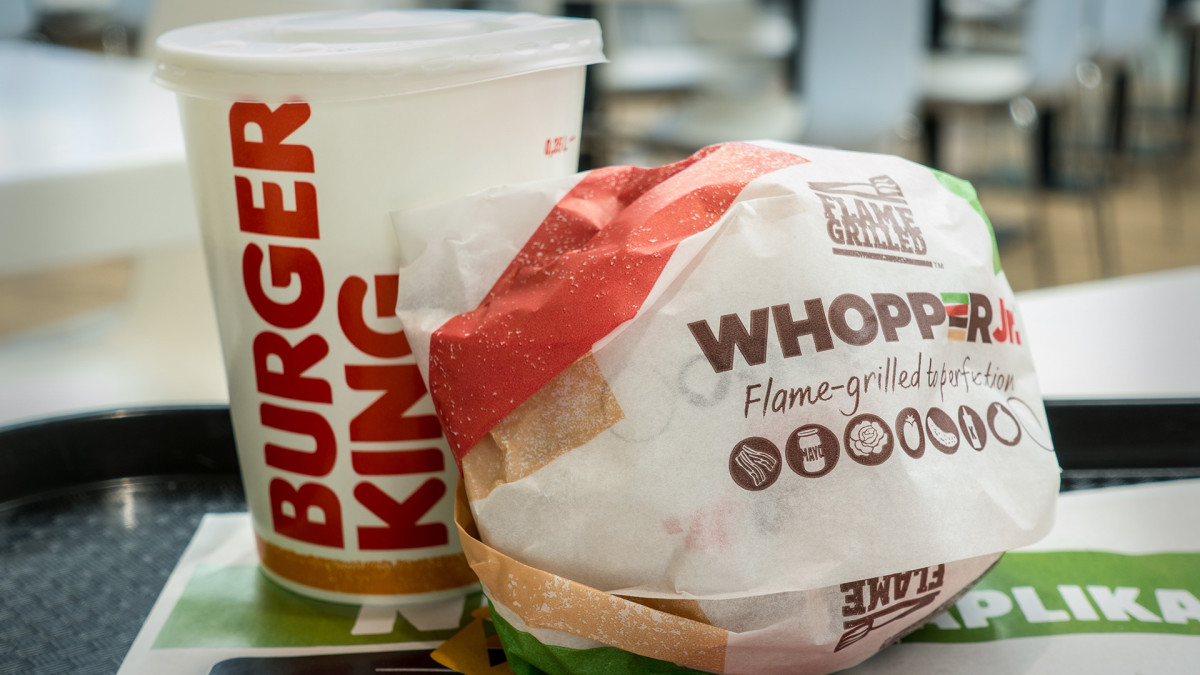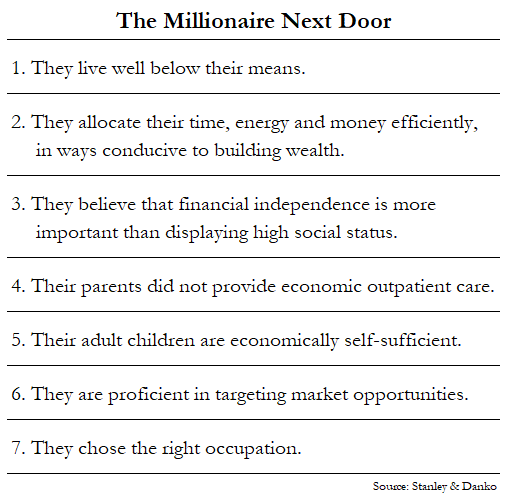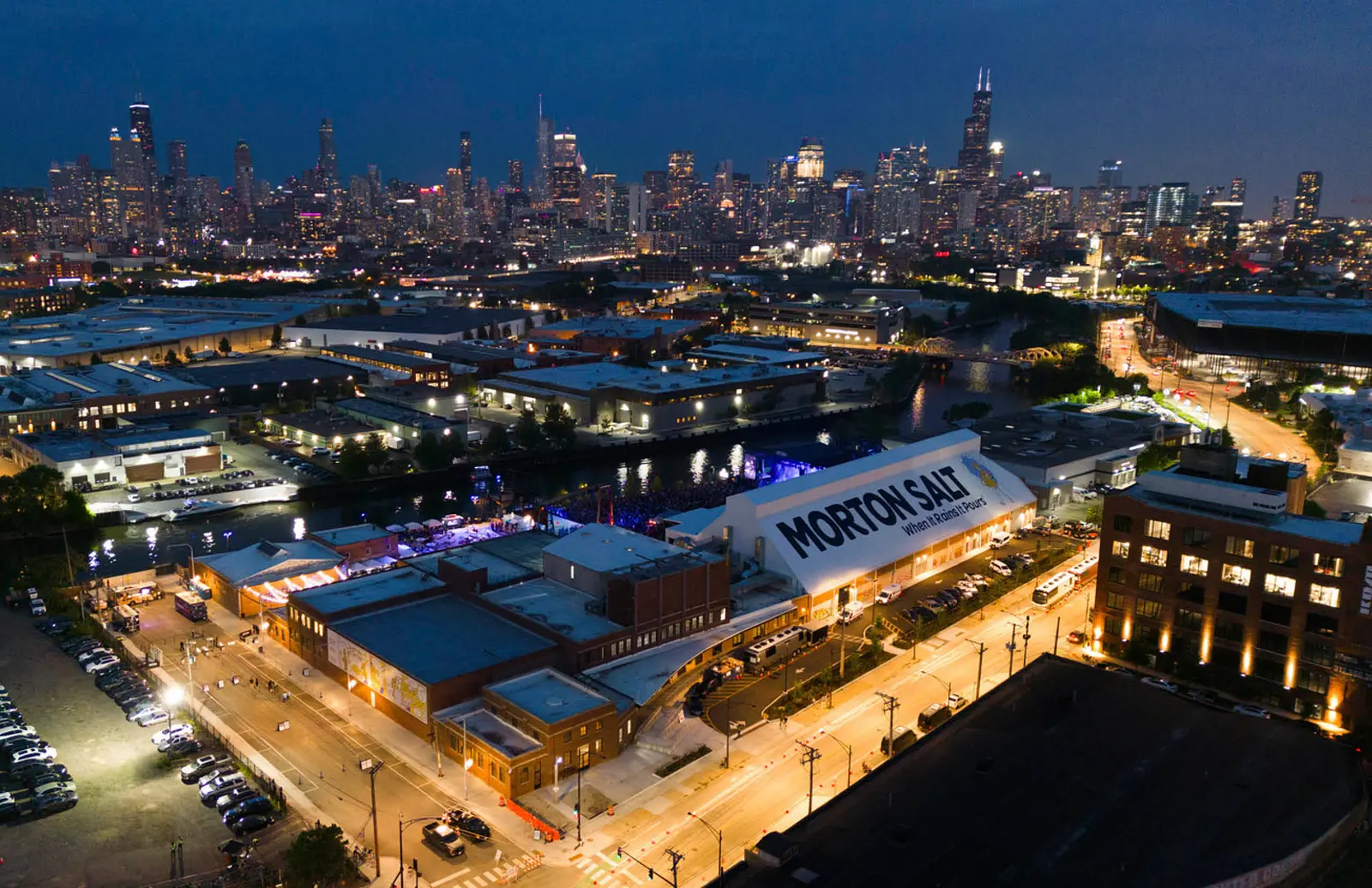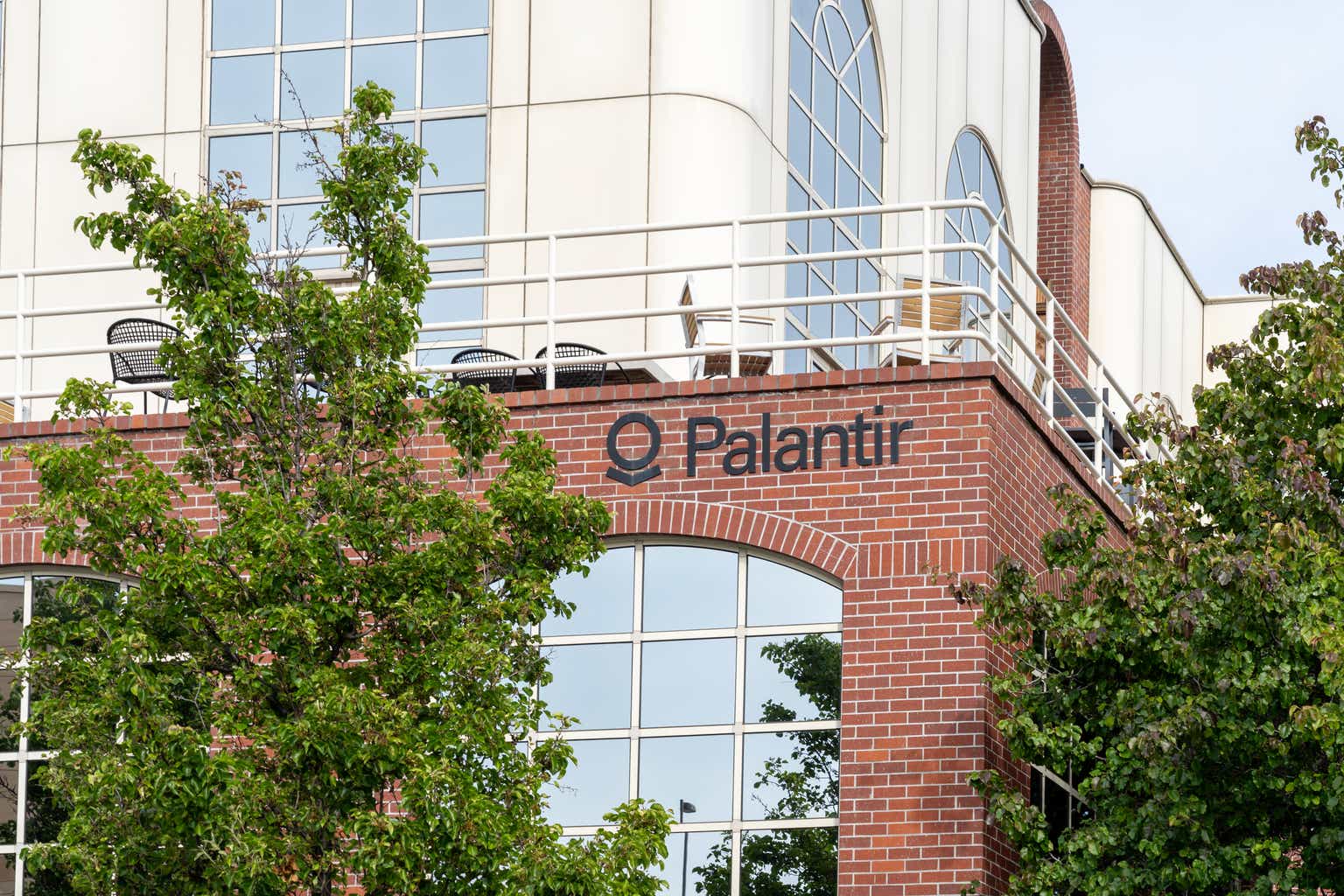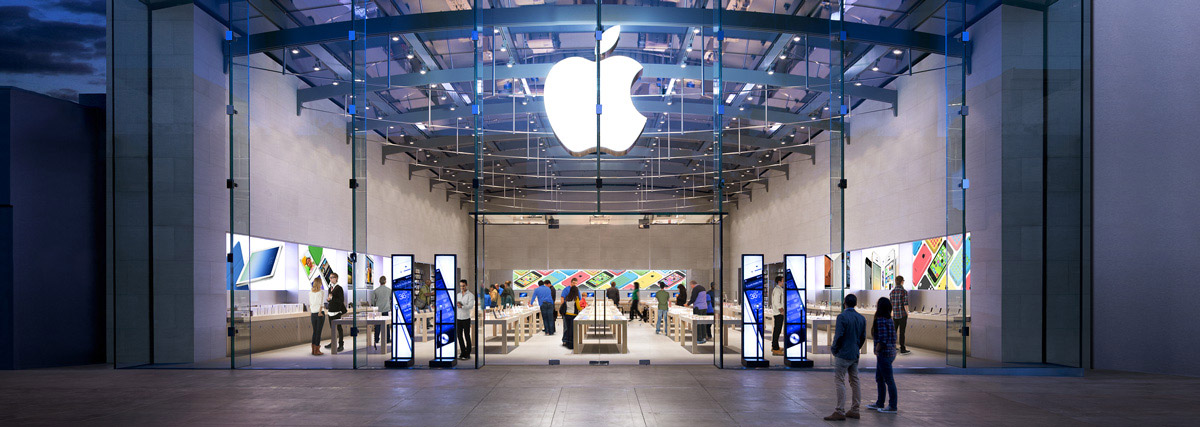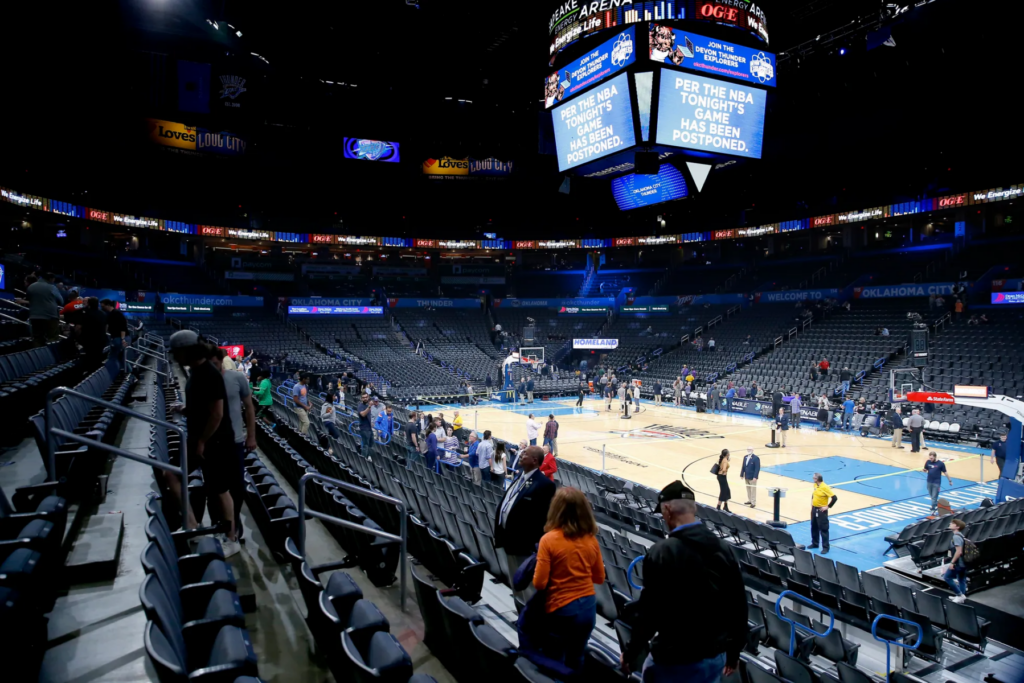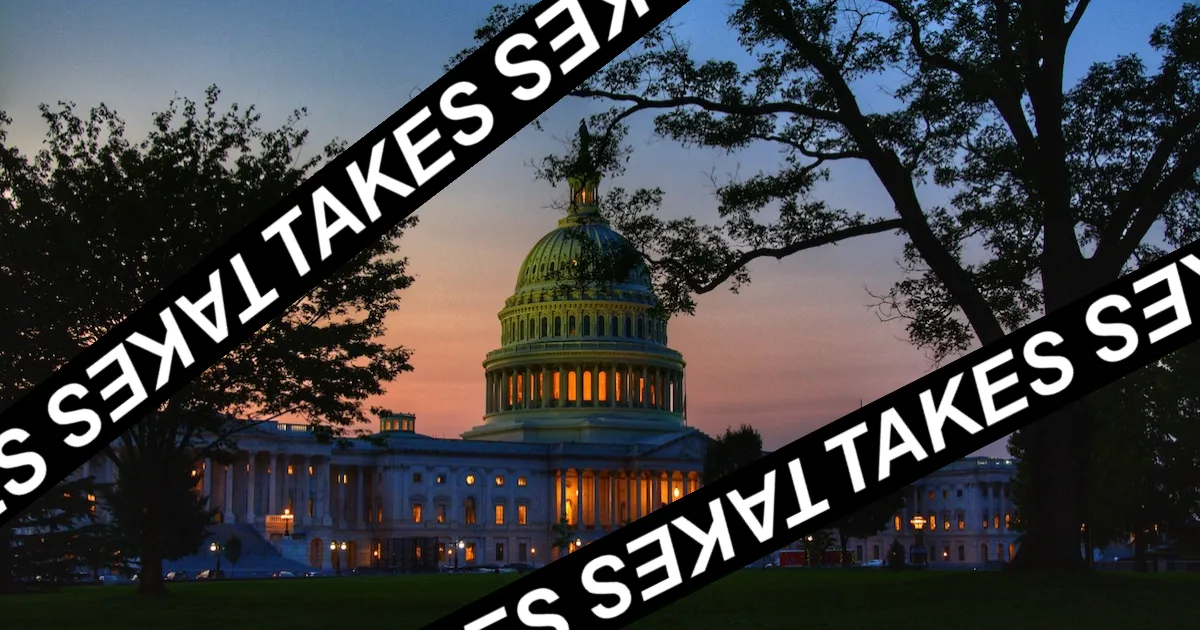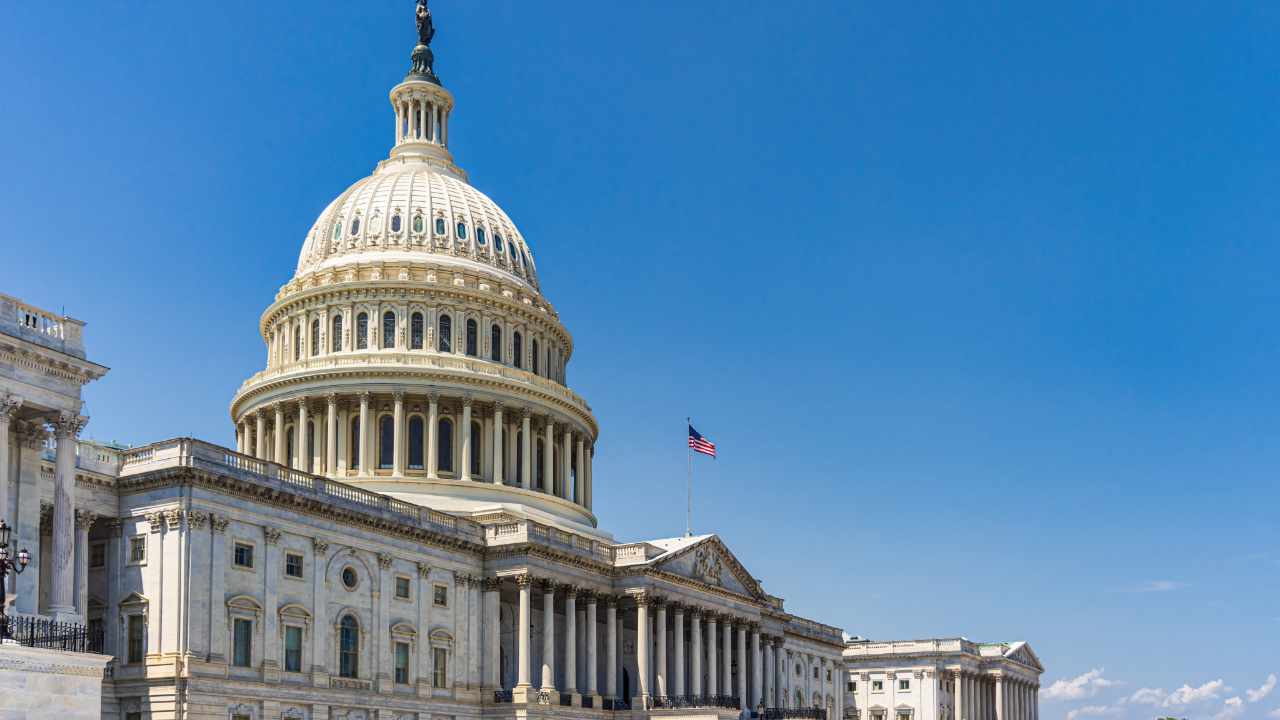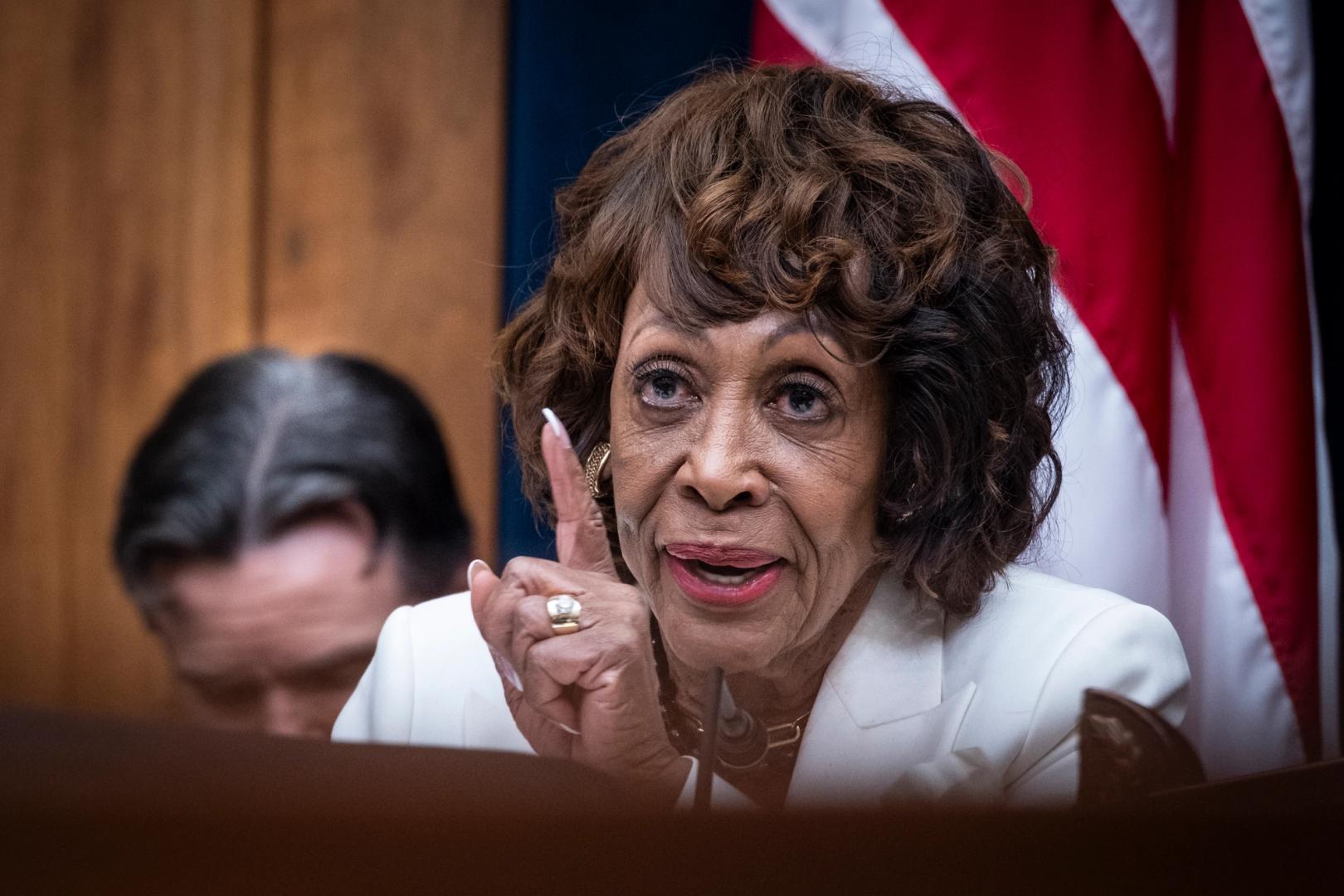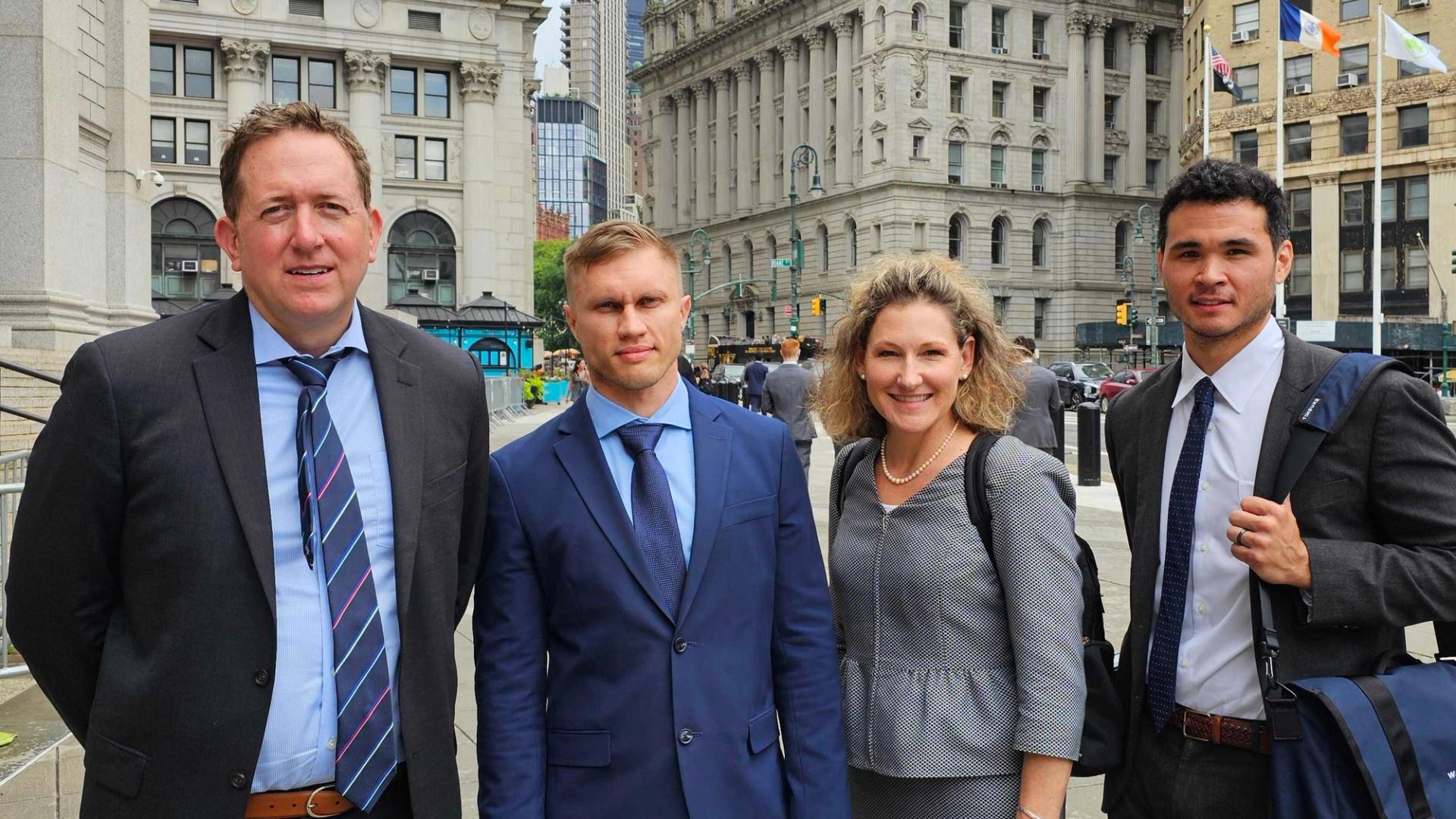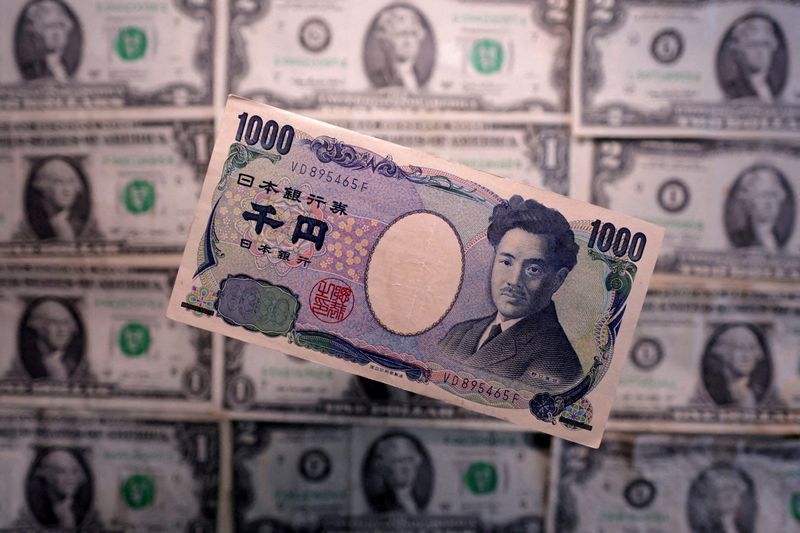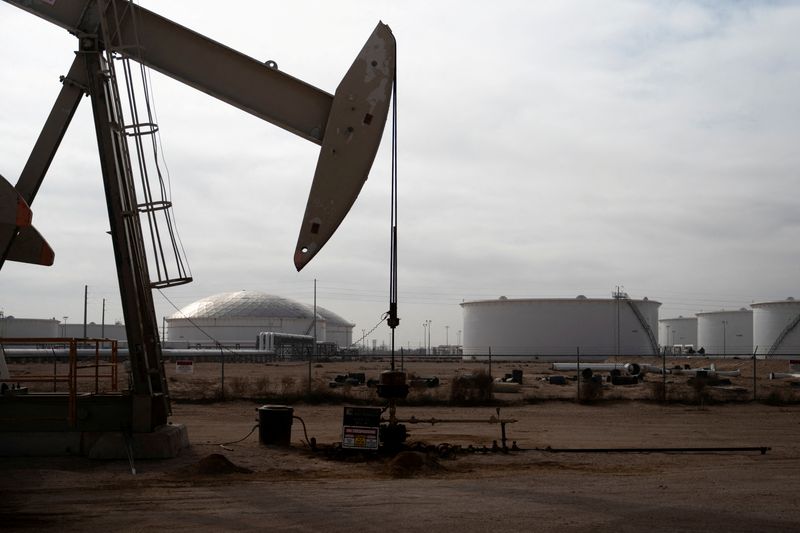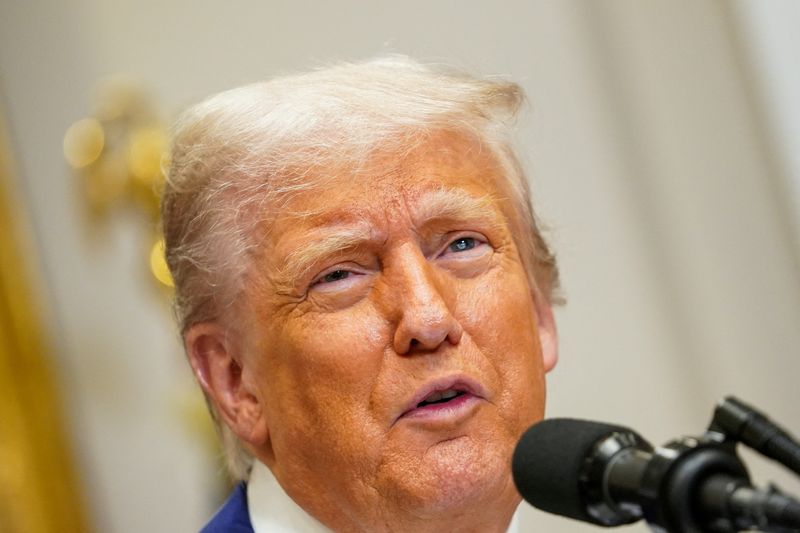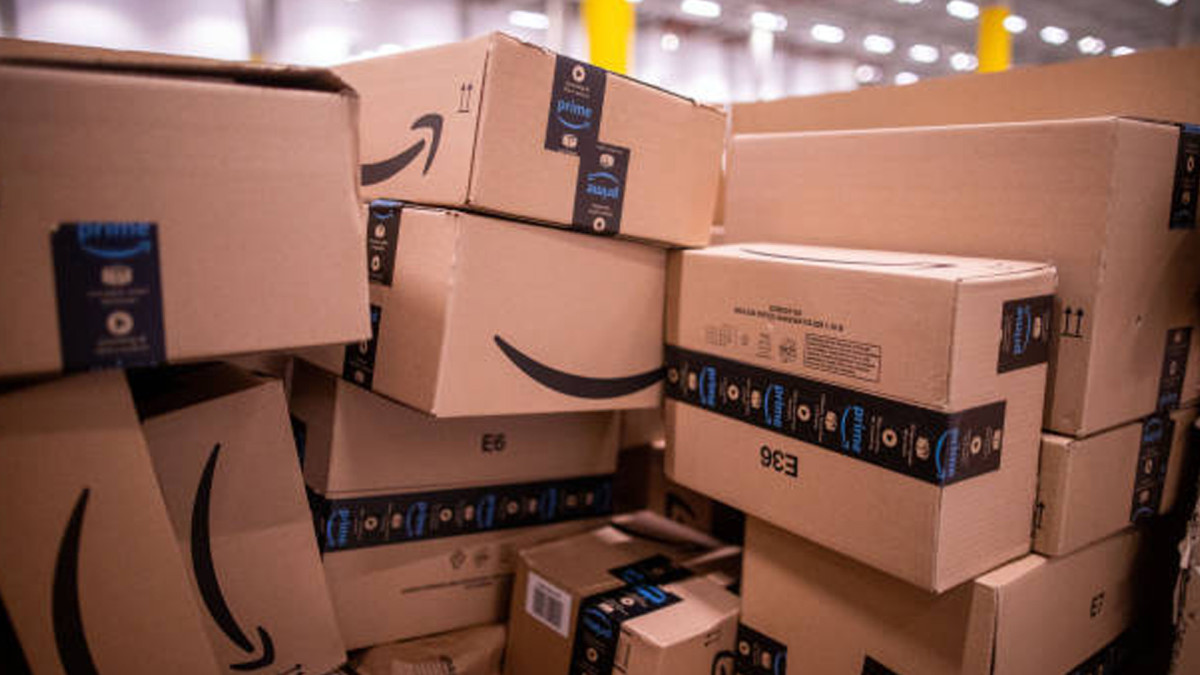Target makes a pricey change to compete with Walmart
One of the largest retailers in the U.S. is planning a big move.
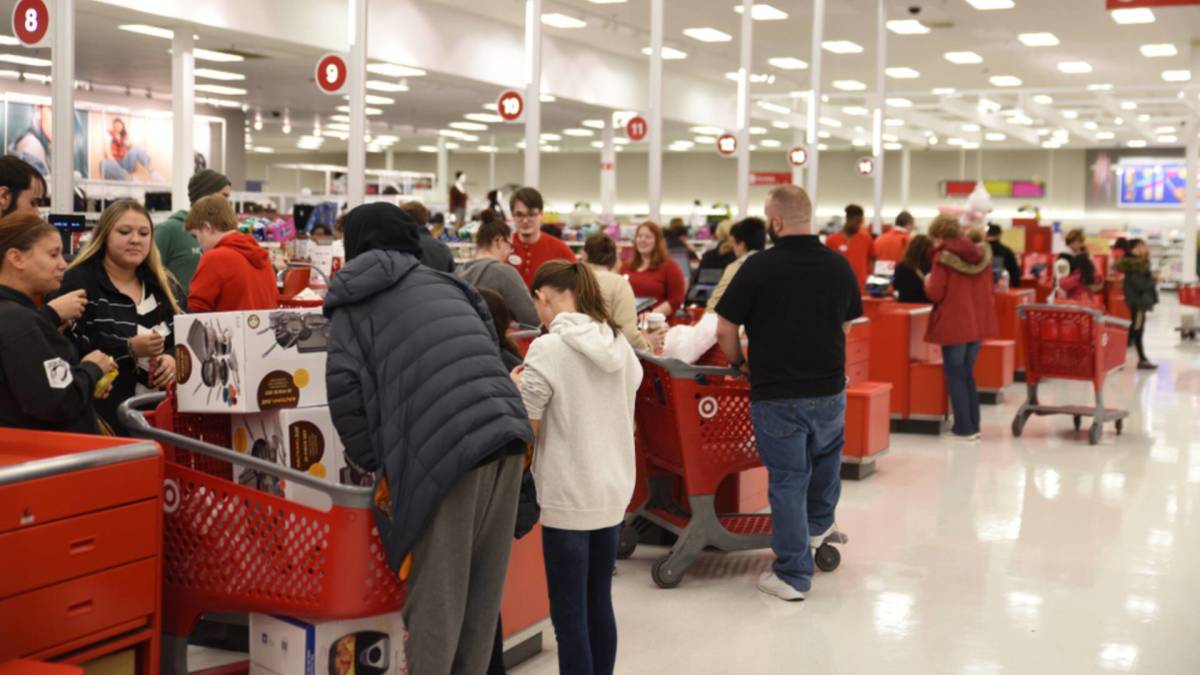
Most of us can probably relate to a common issue that plagues weary travelers.
If you've ever been on the move for work or pleasure, you probably know the familiar feeling of relief when you finally leave the airport and get to your hotel.
Related: Walmart issues urgent message about the alarming cost of food
You certainly don't feel at home, but things are more or less familiar at your hotel room. It includes the modern conveniences you need, like a bed, television, mini-fridge, and wardrobe. But as you unpack, perhaps you realize you're missing something critical.
Maybe it's a toothbrush. Perhaps it's shampoo — let's be honest, nobody really enjoys using the hotel stuff. Maybe you need a belt for tomorrow's work meeting.
So you make that familiar journey out of your hotel to the nearest store. If you're in an urban area, you might even be able to reach one on foot.
And the odds are pretty good that the store you're heading for is a Target (TGT) .
If you're lucky, once you reach the Target, you find what you're looking for.
And if Target is lucky, you pick up more than just that one item. Maybe you swing through the candy aisle, since you're on vacation and all rules are temporarily suspended.
Maybe you get a new book, a bottle of wine, or some better headphones for the flight home.
Whatever it is, Target is betting that its conveniently-located stores don't just serve customers, but also upsell them. Image source: Justin Sullivan/Getty Images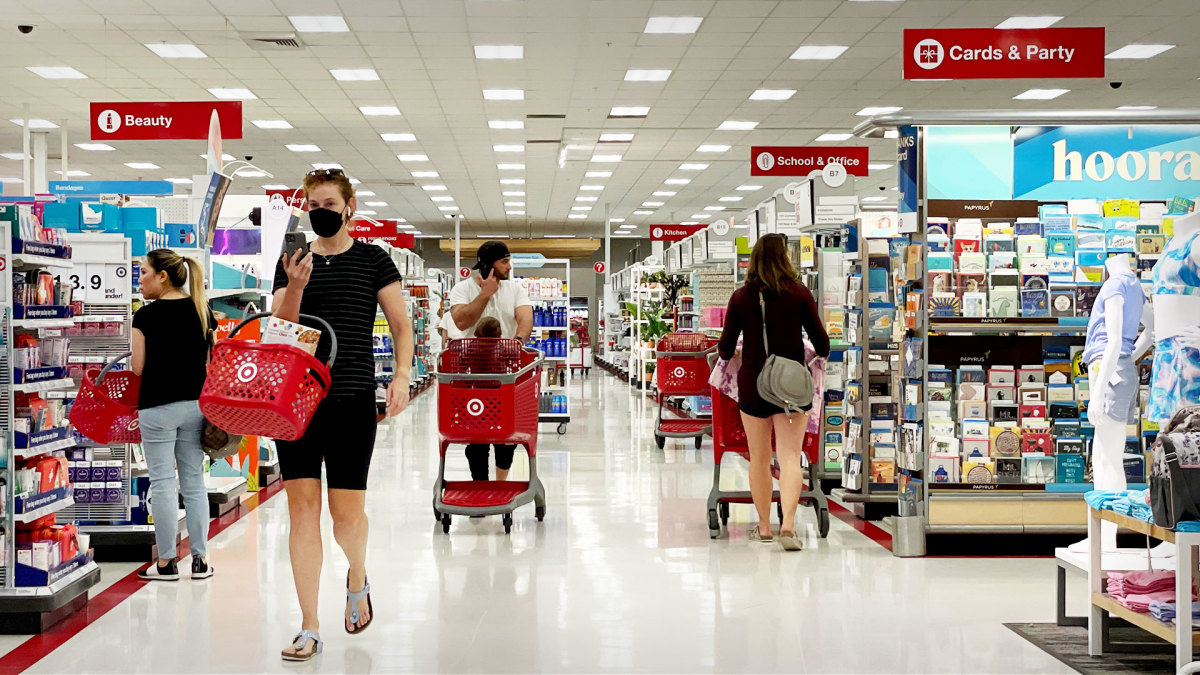
Target's store strategy is shifting
Up until recently, Target's approach to shopping has been unique.
Unlike Amazon and Walmart, which both eagerly ushered in an online shopping revolution in the early 2020s, Target took a different approach.
The Minneapolis-based store focused heavily on brick and mortar. That's because Target knows that many of its customers go out of their way to shop at a Target instead of at other retailers, even if the local Walmart or other competitor is nearer by.
More Retail:
- Home Depot makes drastic budget-friendly move to take on Lowe's
- Struggling cosmetics brand sounds alarm, laying off thousands
- Popular Trader Joe's wine brand has bad news, making harsh choice
- Struggling retail chain sounds the alarm on growing problem
It also rapidly expanded its private label brands across all departments. Some of its most successful labels, like Good & Gather, Cat & Jack, Up & Up, and Threshold are all multi-billion dollar brands by revenue.
Much of this expansion is thanks to Target's physical retail growth model.
As it built out superstores in suburban areas, it also expanded smaller-format stores in heavily populated areas, like city centers and downtown shopping areas.
These stores offered fewer SKUs but afforded Target more contact with customers who might not otherwise pop into a Target regularly. Travelers, white-collar workers, and anyone in need of quick convenience readily became easy acquisitions, thereby allowing faster growth.
Target growing stores in new area
And now, Target is betting it can replicate this success in a new part of the country.
Rather than expanding in urban areas, Target is now planning to expand its footprint in rural, less densely populated areas of the U.S.
Related: Bankrupt department store unexpectedly receives a savior
Most of these stores will be full-size stores and function as hubs for online orders, which Target is now also rapidly growing as a part of its paid Target Circle 360 membership platform.
The majority of these new stores will be about 100,000 square feet in size, allowing them to double as delivery fulfillment hubs.
This is an already-proven business model. Walmart used a similar strategy during its rapid standup of Walmart+ during the pandemic, and it reaches far more than 90% of the country this way.
As it stands now, Target has a location within 10 miles of about 75% of the U.S. population, but it hopes the close that gap shortly.
It plans to open 20 new stores in 2025 and 300 in the next 10 years. Many of these will be clustered closer to smaller towns and give ordinarily underserved populations access to its convenience.
